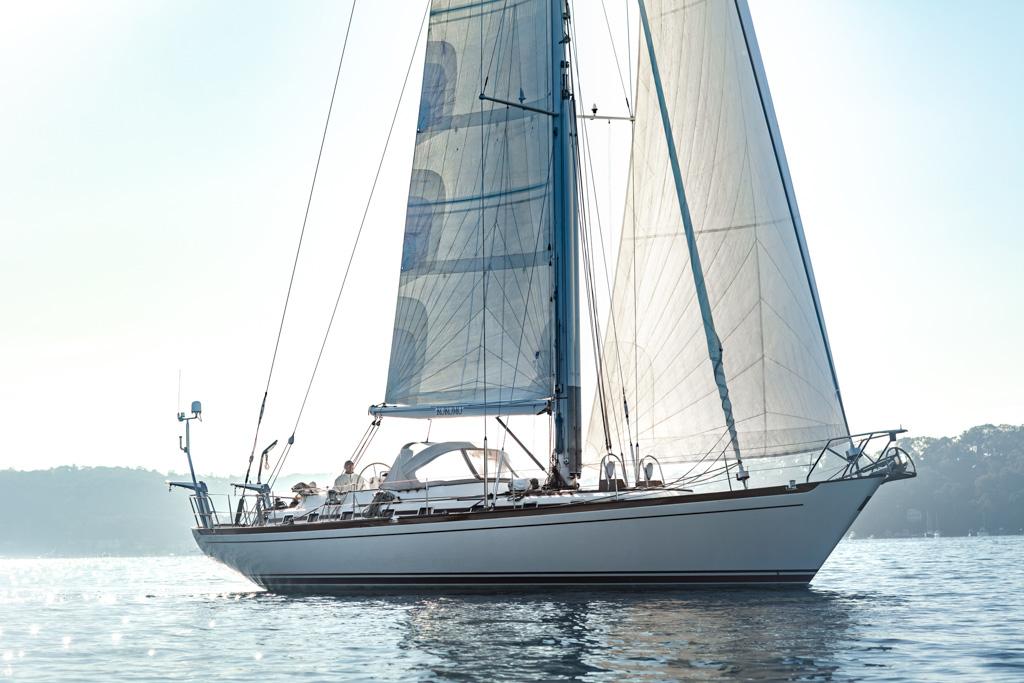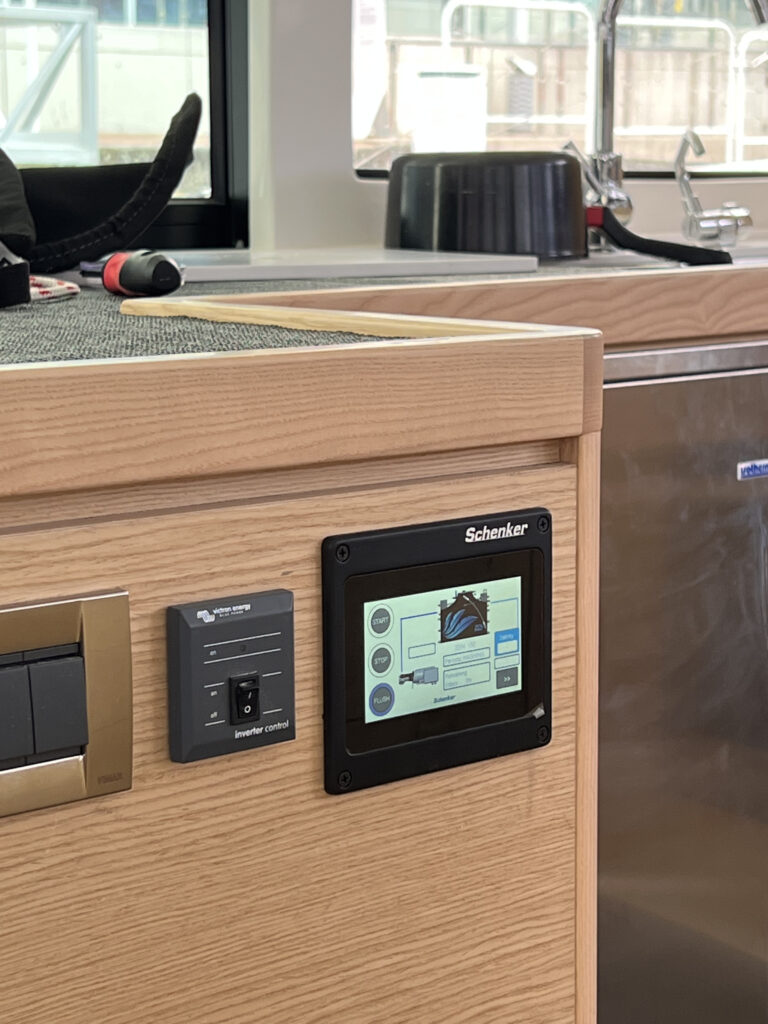Whether you’re a part-time sailor with a passion for the seas or someone who spends all their life on board, you will eventually get onto the topic of watermakers and whether or not they’re right for your vessel.

There are several crucial factors to consider when it comes to buying a watermaker, which we will explore in this article, but before you rush to put a system in your vessel, you need to understand how they work.
All watermakers on the market employ a process called reverse osmosis in order to produce freshwater from seawater. Reverse osmosis requires the seawater to be increased to the osmotic pressure, typically around 50 bar. The high-pressure seawater then flows through a semi-permeable membrane that allows freshwater to pass through while the salt (brine) and other organic materials flow back out to sea. The resulting freshwater is piped into the water tanks aboard the vessel. As this process is the same across all marine watermakers, the main differences between the watermakers come down to:
- How much freshwater do you need to produce per day?
- How much power will the watermaker consume?
- AC, DC or engine driven?
- Where will I fit the watermaker on board?
- How much automation do I need?
- How much will it cost?
How much water?
Water consumption on board varies but we suggest around 30 to 40 litres per person per day that can be produced by the watermaker in about three to four hours. If you require more water you can always run the watermaker for longer.
Power consumption
This is a big question with more yachts and motor cruisers opting to concentrate on solar/battery systems and not have to install or run a generator. There are two types of watermakers:
AC, DC or engine driven
This will depend on the size of the watermaker you choose and whether it is a traditional watermaker or an ERS watermaker. Traditional watermakers are generally AC powered due to the higher power requirements. ERS watermakers are available in both AC and DC.
Engine mounted units are of the traditional watermaker type but are limited by the available space in the engine room and often require complex installations.
Where will I fit the watermaker?
When it comes to watermakers, the first difference you will find is between modular and skid units. Modular units allow for more freedom and flexibility in their installation as you can install and connect the various components wherever there is space around your vessel. Skid units are pre-assembled and integrated within a housing, allowing for faster installations but often taking up more space. Ultimately, the choice between a modular or self-contained system will be determined by the available space on board – for many smaller vessels, this makes a modular setup the obvious choice.

How much automation do I need?
There is an obvious advantage to installing a watermaker in which all you need to do is press a button and then forget. ERS systems self-regulate the pressure in the watermaker – there’s no requirement to open or close valves to set the pressure, as with some of the traditional systems. With the built-in auto flushing feature, the unit remains clean and protects the reverse osmosis membrane.

How much will it cost?
Entry-level (30 litres per hour) traditional watermakers with a degree of automation start at around AUD $8,650 with similar ERS units starting at AUD $9,250.
Several of the better known and respected manufacturers are listed below.
Schenker – ERS systems
Proudly designed and made in Italy since 1998, Schenker are industry leaders when it comes to compact energy recovery system watermakers. Their units range from 30 to 500 litres per hour with quiet operation and high levels of automation. Schenker watermaker systems are available in Australia exclusively through SWS Pacific.
Spectra Watermakers – ERS systems
Owned by the Swiss-based Katadyn Group, Spectra were pioneers of energy recovery systems in small-scale marine desalinators. Favoured for warm-water sailing, Spectra systems come in a range of configurations depending on your desired water production and level of automation. Systems are available through Southern Seas Marine
Idromare Watermakers – traditional system
Founded in 1982, Idromar produce traditional system watermakers with systems available in Australia through appointed agents Geneico
Echotec – traditional systems
Based in the Caribbean, Echotec have earned a reputation for durability, reliability and ease of installation and their rugged systems require little ongoing maintenance. Unfortunately, Echotec systems are currently unavailable in Australia and must be ordered through their head office in Trinidad & Tobago.
Hopefully this guide has given you confidence and clarity about the world of watermakers and provided peace of mind about water security on your yacht or motor cruiser. To find out more about watermakers and other water treatment options at sea, visit our friends over at SWS Pacific.
By SWS Pacific

























